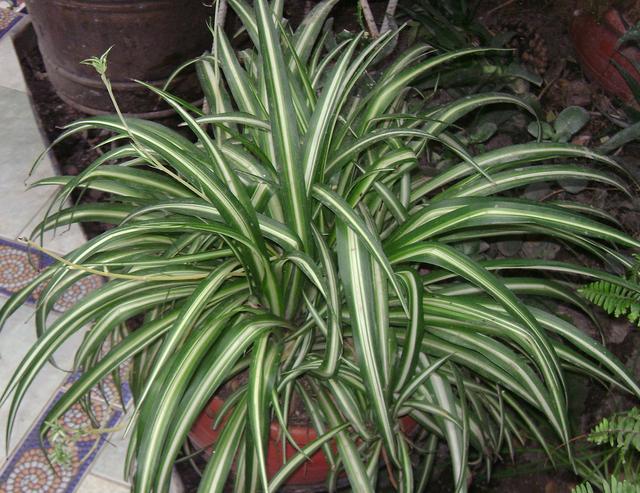Green flowers and plants, skillful use of plant ash to control plant diseases and insect pests
The residue after burning the plant is called grass ash. Because grass W ash is the ash of plants after burning, almost all the mineral elements contained in plants are contained in grass W ash. The most abundant content is potassium, which usually contains 6% to 12% potassium, of which more than 90% is water-soluble and exists in the form of carbonate. The second is phosphorus, which generally contains 1.5% and 3%; it also contains micronutrients such as calcium, magnesium, silicon, sulfur and iron, manganese, copper, zinc, boron and molybdenum.
Grass W ash can not only provide potassium and other nutrients in flowers, but also has a good effect on controlling flower diseases and insect pests.
W ash, tea cake, sulfur powder and lime were used to control leaf blight in the lake. 5 kg, mashed into powder and mixed evenly, for mosaic wilt, each leaf is susceptible to 1.5 to 2.5 grams of leaves.
two。 Control leaf spot disease with 3 kilograms of grass W ash, 1 kg of quicklime powder mixed evenly, each basin 40 to 60 grams, or sieve dust, or respectively coated with grass W ash.
3. W ash has a good control effect on flower root rot. The specific operation method is: first open the root soil, remove the soil around the root; scrape off the root of the disease, each plant with 0.5 to 1 kg of grass to cover the root, cover the soil.
4. The prevention and control of powdery mildew the flowers that produce powdery mildew can be 5 to 10 centimeters away from the tree trunk and remove 5 to 10 centimeters of root soil. Each plant is covered with 0.5 to 3 kilograms of ash, and the soil is covered with thin soil.
5. Prevention and control of seedling diseases Fusarium wilt and anthracnose are easy to occur in the nursery. When the humidity is high and the temperature is low, the seedlings are very heavy and a large number of dead seedlings can be used. It is 20 to 25 kilos.
6. Control locusts and screen grass W ash. When the morning dew is not dry (or drink water), spray the grass W on the locusts, or sprinkle it with gauze and sprinkle it, then sprinkle it three or five days later. Sprinkle it 2 to 3 times.
7. To prevent and control the harm of root mite root rot in the flower and seedling stage, such as the use of pesticides to control the root system is prone to plant toxicity, 30 kilograms of grass W ash can be applied to the seedlings. The application method is as follows: at the seedling stage, the grass W ash is evenly smeared on the kneading surface, and then transformed evenly, so that the ash and soil are fully mixed; before planting or before planting, apply the grass W ash in the ditch, and then sow or sow.
8. In the control of underground pests bulbous flower seedlings are often damaged by underground pests such as cockroaches. Using grass W ash as base fertilizer or covering seeds with grass W ash can significantly reduce the damage.
Time: 2019-05-15 Click:
- Prev

How to cultivate green flowers and roses in pot culture and matters needing attention
The roses are very beautiful and very romantic. It is listed as one of the more popular flowerpots, but many people do not know how to improve potted culture, and some preventive measures are not very clear. The following editor introduces the methods and matters needing attention of rose vase cultivation. I hope everyone likes them.
- Next

How do you keep a silver heart in summer?
What should I do about the cause of the silver rim break? Lifting cranes has many benefits! As we all know, there are many varieties of spider plants, today we are talking about is the silver-winged spider plants. Recently, many people complain about why we raise silver-breasted spider orchids for no reason. How to solve this problem? so
Related
- Fuxing push coffee new agricultural production and marketing class: lack of small-scale processing plants
- Jujube rice field leisure farm deep ploughing Yilan for five years to create a space for organic food and play
- Nongyu Farm-A trial of organic papaya for brave women with advanced technology
- Four points for attention in the prevention and control of diseases and insect pests of edible fungi
- How to add nutrient solution to Edible Fungi
- Is there any good way to control edible fungus mites?
- Open Inoculation Technology of Edible Fungi
- Is there any clever way to use fertilizer for edible fungus in winter?
- What agents are used to kill the pathogens of edible fungi in the mushroom shed?
- Rapid drying of Edible Fungi

